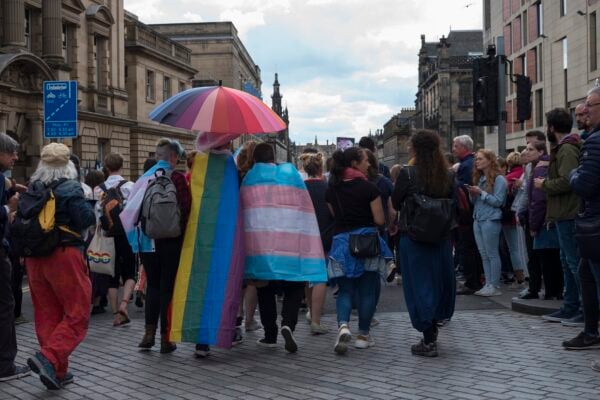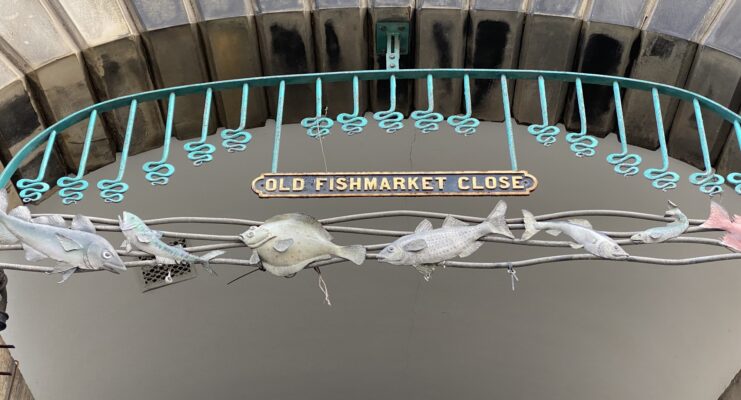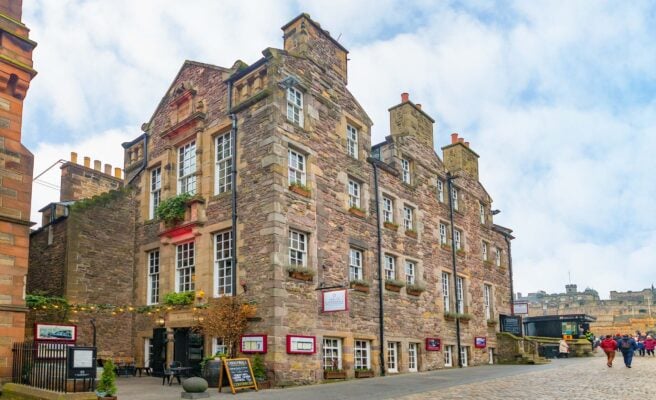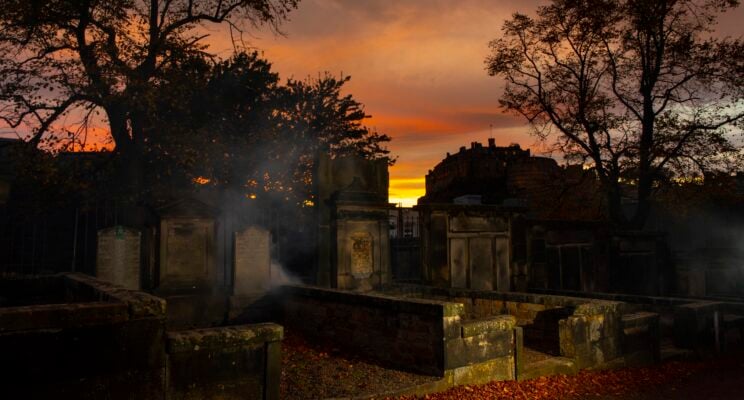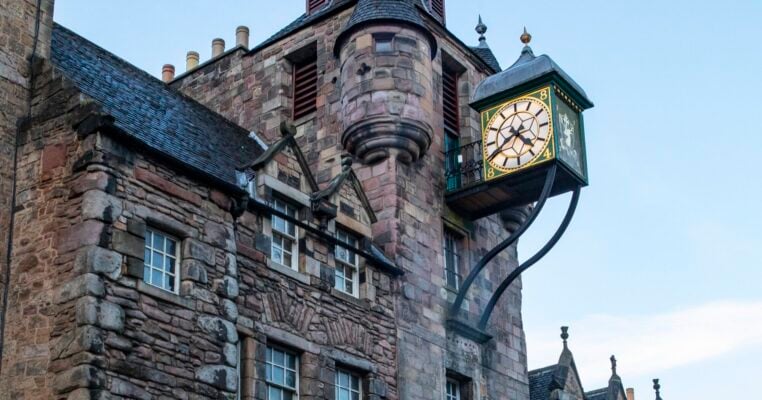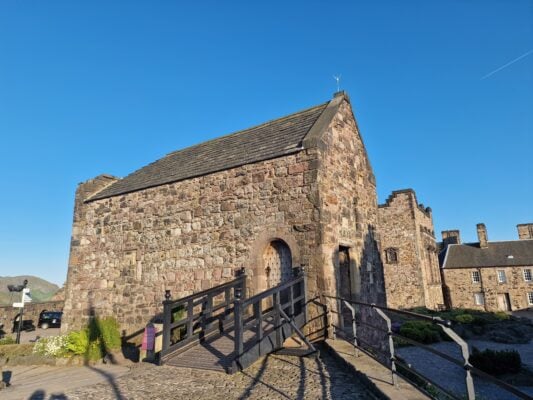Scotland is well known for it tales of myths and legends, but did you know that the national animal is the mythical unicorn?
Read on to discover more about the centuries-old connection to this magical creature.
Tip 1 Look up, sometimes you’ll see some magical statues above you
Tip 2 Bring your walking shoes as there are unicorns all over the city
Tip 3 Plan your trip in advance so you don’t walk past any of these mystical locations
Despite modern depictions of a creature with a rainbow-coloured mane and a sparkly horn, the unicorn was first associated with Scottish royalty in the 12th century, placed on the royal coat of arms by William I. In the 15th century it even appeared on coins.
A symbol of purity and innocence, as well as masculinity and power in Celtic mythology, the symbolism of these traits matched Scotland’s outlook of a strong and proud nation.

The unicorn representing Scotland in the coat of arms is always depicted bounded by a golden chain, often seen passing around its neck and wrapping all around its body. Believed to be the strongest of all animals, it’s possible that the chain symbolises the power of the Scottish kings – that only they had the strength to tame the untameable.
When Scotland and England unified under the reign of James VI of Scotland in 1603, the Scottish Royal Arms had two unicorns supporting a shield. When he later became James I of England and Ireland, James replaced the unicorn on the left of the shield with the national animal of England, the lion, as a display of unity between the two countries.
In Edinburgh, you’ll find these proud creatures dotted all over the city. Escape to the land of make believe and see how many you can spot!
The Mercat Cross
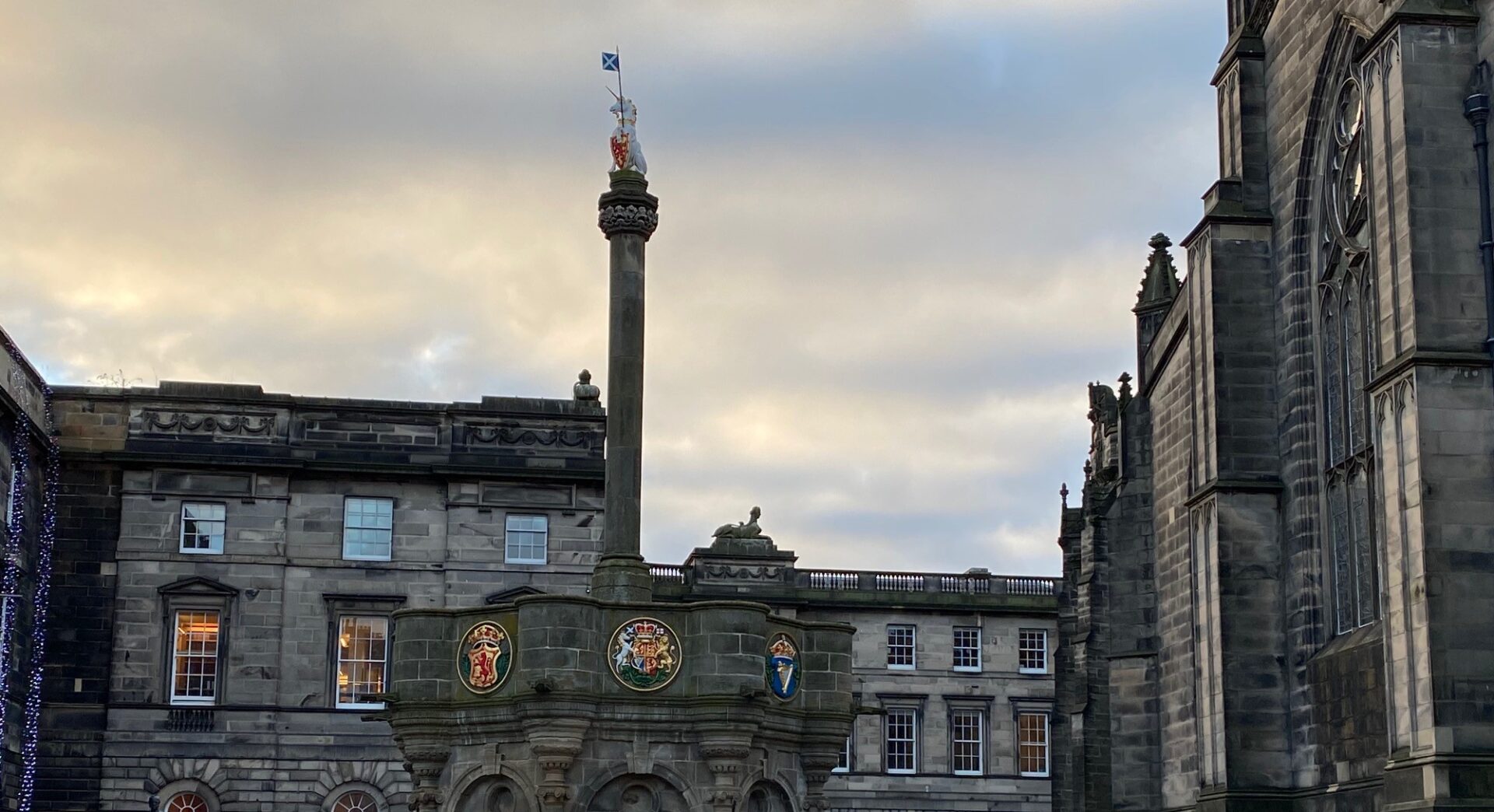
The traditional heart of the Old Town, standing in Parliament Square, the Mercat Cross marked the location of Edinburgh’s marketplace, where townspeople would come to buy and sell goods, as well as catch up on the local gossip. Chained, to prove the control of the monarch, the unicorn sits atop.
St Giles’ Cathedral
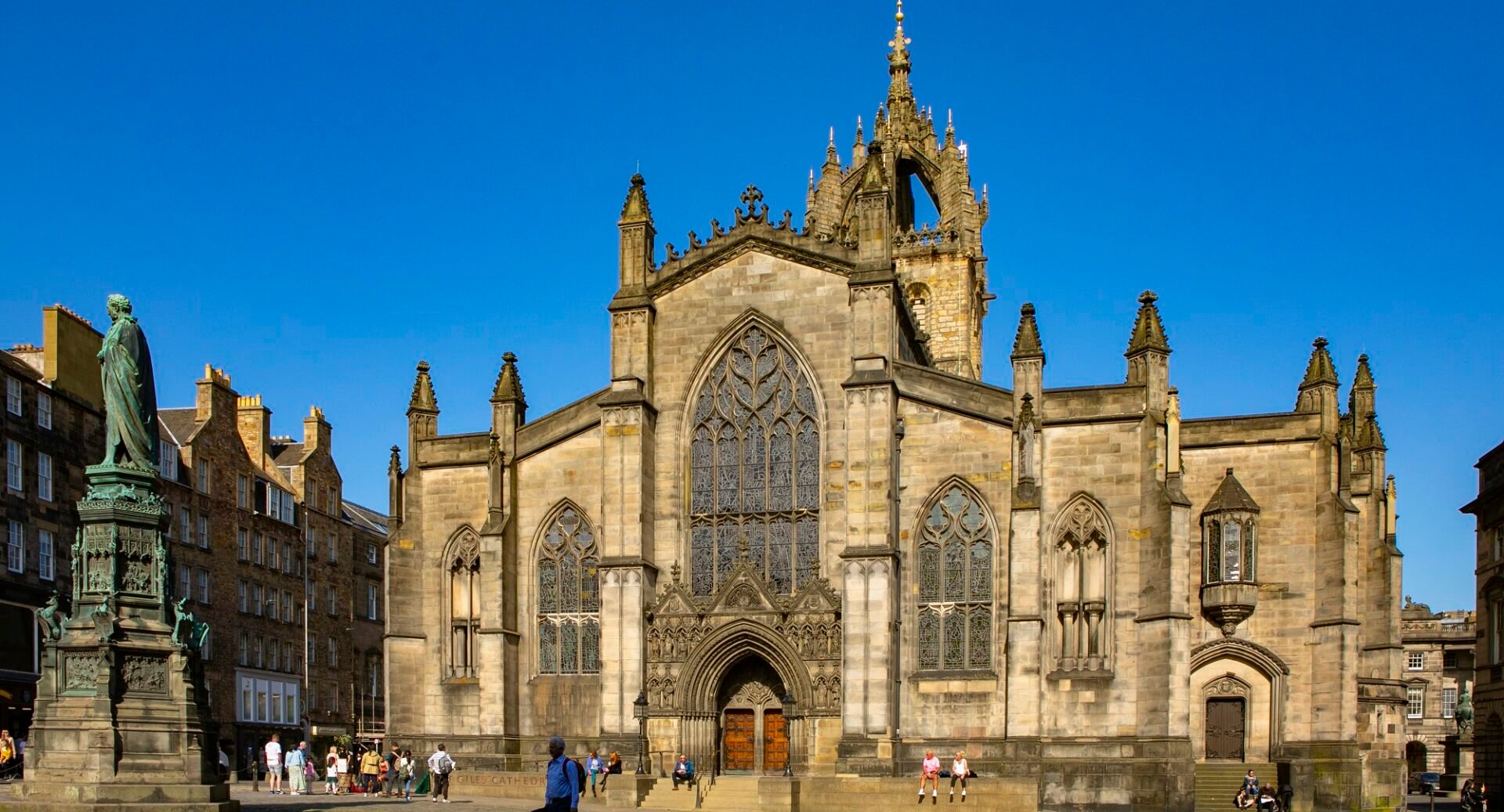
Often overlooked, you’ll find several unicorns hiding among the Victorian woodcarvings at St Giles’ Cathedral. Look closely and you’ll find one which has a particularly unusual fish-like tail.
The North Gate, Inverleith Park
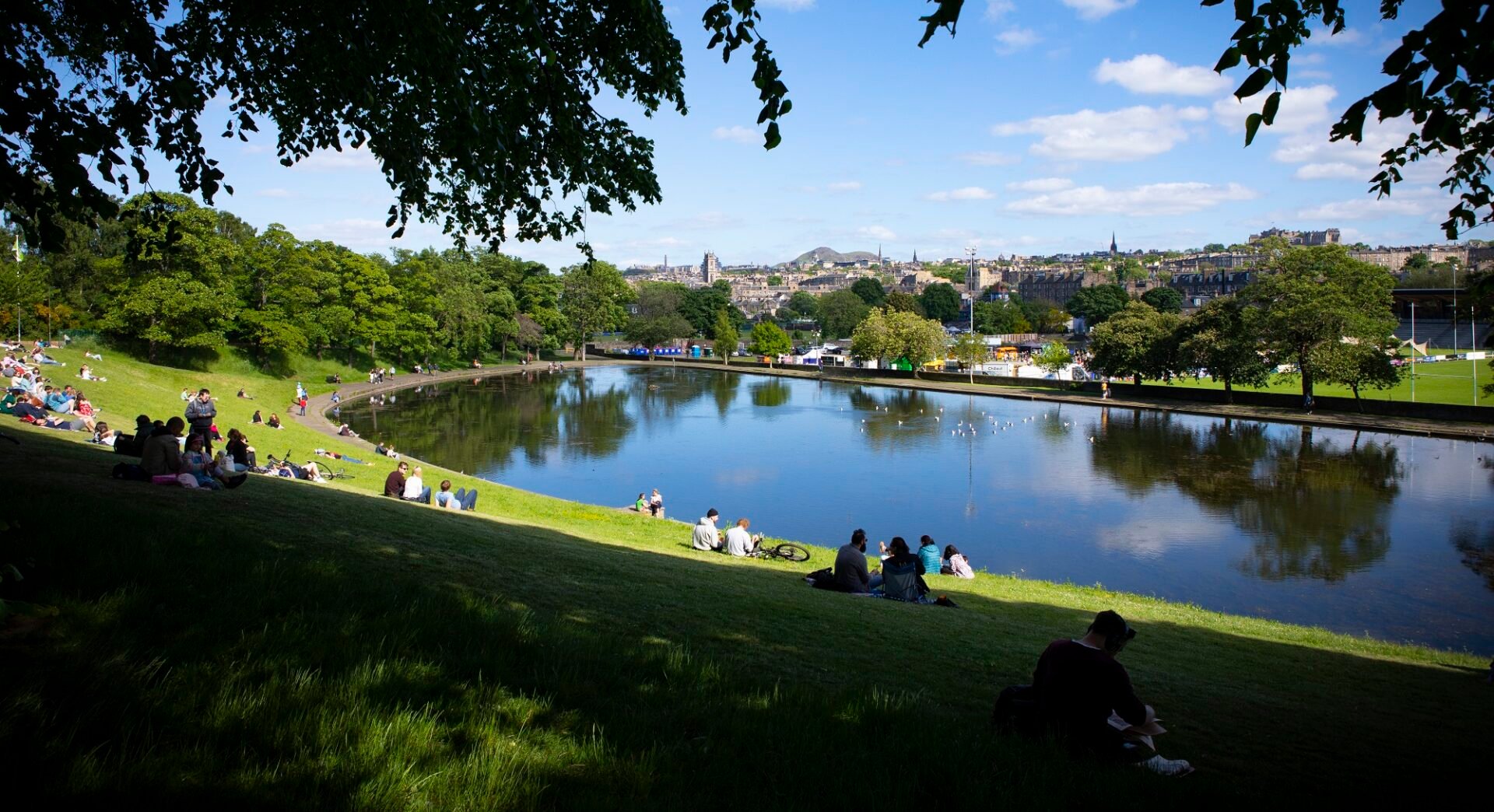
The North Gate to Inverleith Park is a large red sandstone arch, framing iron gates to the park. The arch features medallions either side: on the left is a castle, on the right is a lion rampant. Atop the arch is a painted unicorn rampant with a shield.
The Palace of Holyroodhouse
Standing proudly at the gates of The Palace of Holyroodhouse you’ll find a statue of a unicorn and a lion, as well as a beautiful heraldic shield on the wall by the gates, and another on the wooden doors of the Queen’s Gallery.
The King’s official residence in Edinburgh and the home of Scottish royal history, when James IV built the first royal palace in 1503 the gardens were the setting for tournaments, hunting, hawking and archery.
Riddles Court
Built in the 1590s, Riddles Court is an A-listed merchant’s house which was once the dining place for King James VI and contains a beautiful unicorn fresco.
Riddle’s Court takes it’s name from George Riddell, a wealthy tradesman who in 1726 reconstructed part of the building. Furnished with exquisite painted and plastered ceilings, today it is a spectacular events venue.
Edinburgh Castle
As might be expected in this military stronghold, heraldic animals can be seen throughout Edinburgh Castle. Unicorns can be seen above the fireplace in the Royal Apartments, seated outside the National War Memorial and in front of St Margaret’s Chapel.
Craigmillar Castle
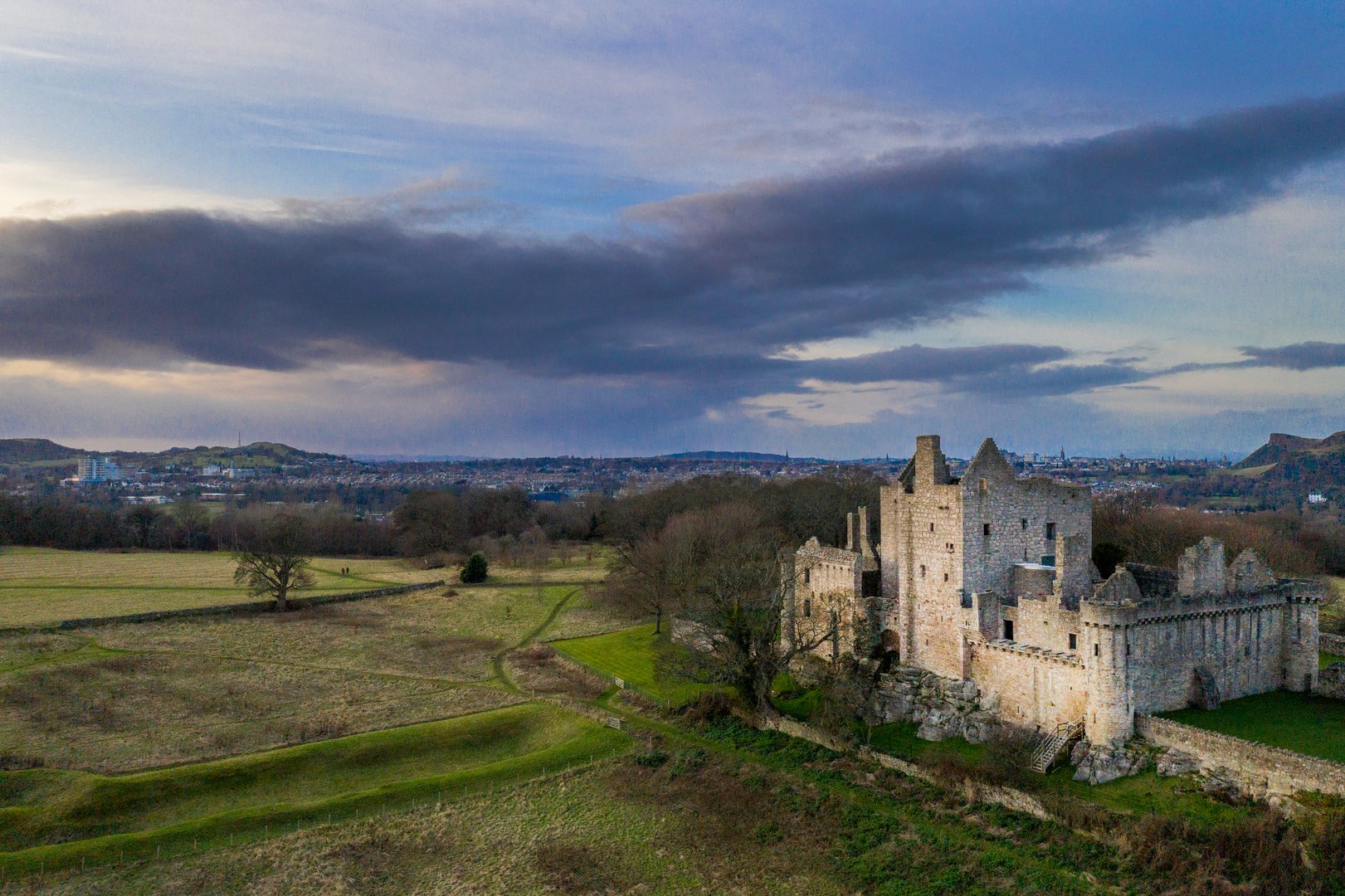
Known as Edinburgh’s ‘other castle’, Craigmillar Castle was famously used as a safe haven in 1566 by Mary, Queen of Scots. Owner Sir Simon Preston’s coat of arms feature around the castle, which depicts three unicorns.
Mason’s Pillars, The Meadows
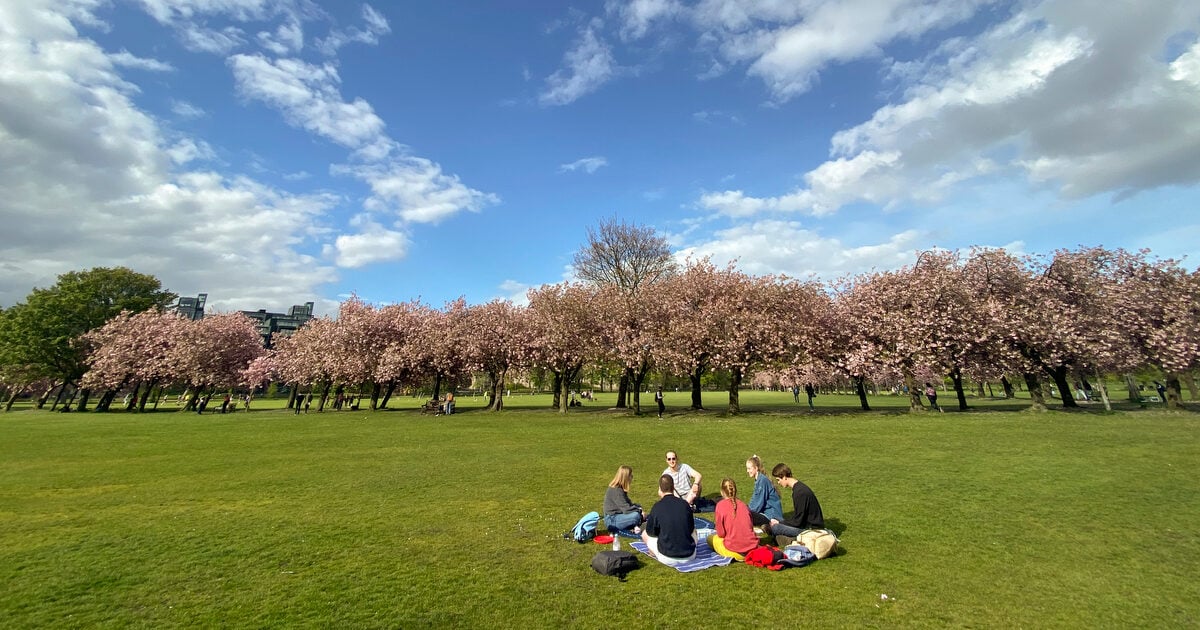
Situated on either side of Melville Drive at the west end of the Meadows are Mason’s Pillars, a pair of tall (26ft) octagonal stone pillars, surmounted by 7ft high unicorns bearing metal banners.
They were erected in 1886 for the Edinburgh International Exhibition of the same year, which was held in the Meadows.
In celebration of love for this famous mythological creature dates, 09 April is marked as Scotland’s National Unicorn Day.
